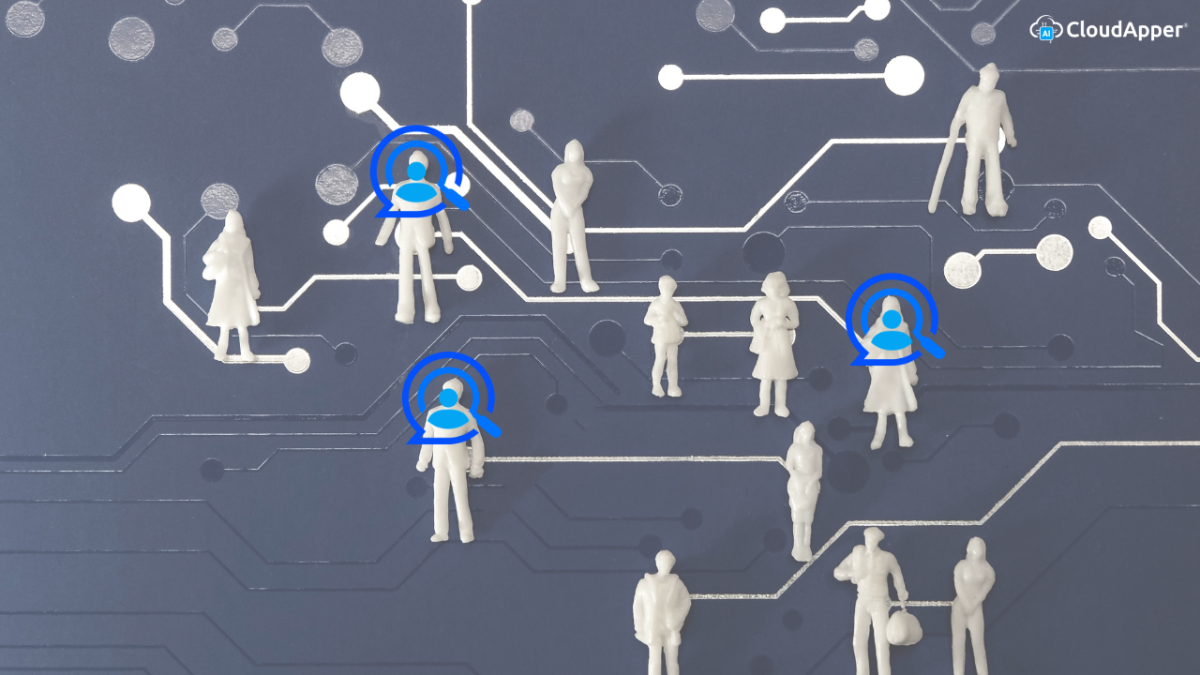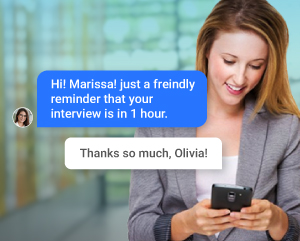AI recruitment systems are transforming hiring by automating tasks, reducing bias, and improving candidate experience. Experts highlight the benefits of integrating AI with existing systems to enhance efficiency and scalability in recruitment processes.
Table of Contents
An AI recruitment system is revolutionizing the way companies attract, screen, and hire talent. As traditional hiring methods fall behind in speed and fairness, AI-powered tools are stepping in to automate and streamline recruitment workflows. But how exactly are industry experts leveraging these systems to improve efficiency, reduce bias, and ensure a better candidate experience?
For more information on CloudApper AI Recruiter visit our page here.
We’ve gathered insights from recruitment professionals, talent acquisition experts, and HR tech consultants on how AI recruitment systems are transforming hiring practices. Here’s what they had to say about the future of AI in recruitment.
1. Automating the Screening Process: A Game-Changer for Hiring Speed
One recruitment expert from a growing tech company emphasized the significant reduction in hiring time after implementing an AI recruitment system. “Before adopting AI, screening resumes was a time-consuming task. Now, with AI recruitment automation, we can instantly assess resumes, rank candidates based on job fit, and significantly shorten the time-to-hire. We’re hiring faster and ensuring we don’t miss top candidates.”
AI recruitment systems automatically parse resumes, match them against job descriptions, and rank candidates according to pre-set criteria. This automation saves recruiters hours, allowing them to focus on high-value activities like interviewing and engaging candidates.
2. Enhancing Fairness with Data-Driven Decision Making
Another HR leader highlighted the impact of AI on reducing hiring bias. “One of the biggest challenges in recruitment is unconscious bias. AI recruitment systems help eliminate that by ensuring every candidate is evaluated based on the same set of criteria. We’ve seen a more diverse range of candidates advancing to interviews, and we’re hiring based on skill rather than gut feeling.”
By using an AI recruitment system that removes personal identifiers and ranks candidates purely on data-driven criteria, companies can ensure that hiring decisions are more consistent, objective, and inclusive.
3. Integrating AI with ATS and HCM Systems for Seamless Hiring
Experts agree that the value of AI recruitment systems increases significantly when integrated with existing Applicant Tracking Systems (ATS) and Human Capital Management (HCM) platforms. A recruitment tech consultant explained, “Integrating AI recruitment with ATS and HCM allows candidate data to flow seamlessly from application through to hiring and onboarding. This integration minimizes manual data entry, reduces errors, and ensures that the right candidate data is in the right place at the right time.”
This integration allows recruiters to move candidates through the pipeline without having to jump between systems, leading to smoother, more coordinated workflows.
4. Improving Candidate Experience with Automation
AI recruitment systems are not only changing how recruiters work—they’re also improving the candidate experience. An HR manager from a large retail chain shared, “Candidates appreciate the transparency and speed that comes with AI. We can now send timely updates, schedule interviews automatically, and provide faster responses. This has improved our engagement rates, as candidates no longer have to wait weeks for feedback.”
Automating candidate communications, interview scheduling, and even feedback generation helps create a seamless, professional experience that enhances a company’s reputation as an employer.
5. Scaling Recruitment with AI Without Increasing Team Size
As hiring needs increase, many organizations are turning to AI recruitment systems to scale their operations without expanding their recruitment teams. A talent acquisition manager from a multinational corporation noted, “We were able to scale our hiring efforts significantly without increasing headcount. AI handles resume screening, shortlisting, and scheduling, so our recruiters can focus on more strategic tasks.”
AI recruitment tools allow HR teams to manage high volumes of applications while maintaining a consistent, fair, and data-driven approach to evaluating candidates.
6. Data-Driven Insights for Continuous Improvement
Recruitment experts agree that AI systems provide valuable insights that help optimize the hiring process. “AI recruitment systems give us access to detailed analytics—like time-to-hire, candidate drop-off points, and sourcing effectiveness,” shared a recruitment analyst. “This data helps us refine our recruitment strategies and identify where improvements are needed.”
The ability to measure and analyze recruitment metrics in real time helps companies continuously improve their hiring workflows and make data-backed decisions for future hiring strategies.
Conclusion: The Future of Recruitment Is Powered by AI
As we’ve seen from the insights of industry experts, AI recruitment systems are the future of hiring. By automating key recruitment tasks, reducing bias, improving candidate engagement, and integrating seamlessly with other HR systems, AI tools are transforming how businesses approach talent acquisition.
For organizations looking to stay ahead in the competitive hiring landscape, adopting an AI-powered recruitment system is no longer optional—it’s essential.
Ready to improve your hiring process?
What is CloudApper AI Platform?
CloudApper AI is an advanced platform that enables organizations to integrate AI into their existing enterprise systems effortlessly, without the need for technical expertise, costly development, or upgrading the underlying infrastructure. By transforming legacy systems into AI-capable solutions, CloudApper allows companies to harness the power of Generative AI quickly and efficiently. This approach has been successfully implemented with leading systems like UKG, Workday, Oracle, Paradox, Amazon AWS Bedrock and can be applied across various industries, helping businesses enhance productivity, automate processes, and gain deeper insights without the usual complexities. With CloudApper AI, you can start experiencing the transformative benefits of AI today. Learn More
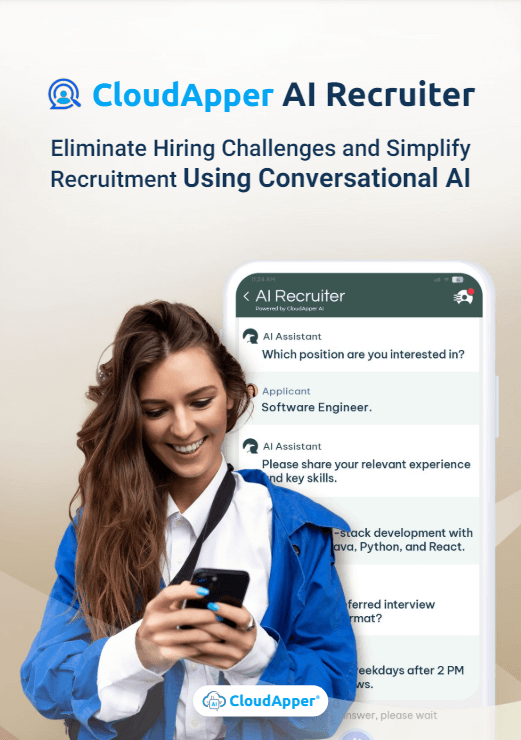
CloudApper AI Solutions for HR
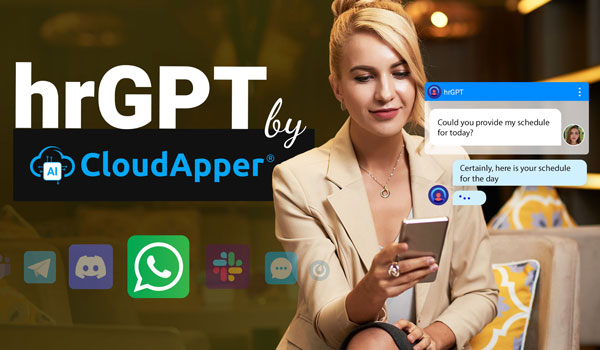
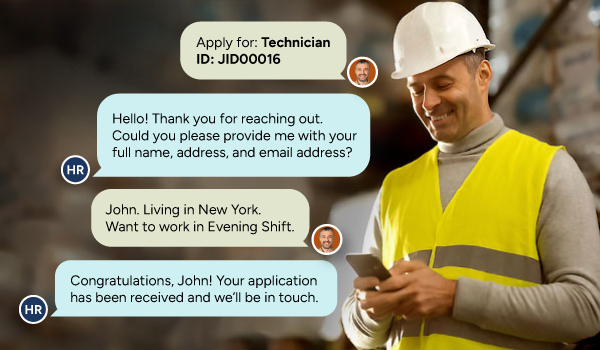

- Works with




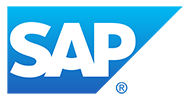



- and more.
Similar Posts
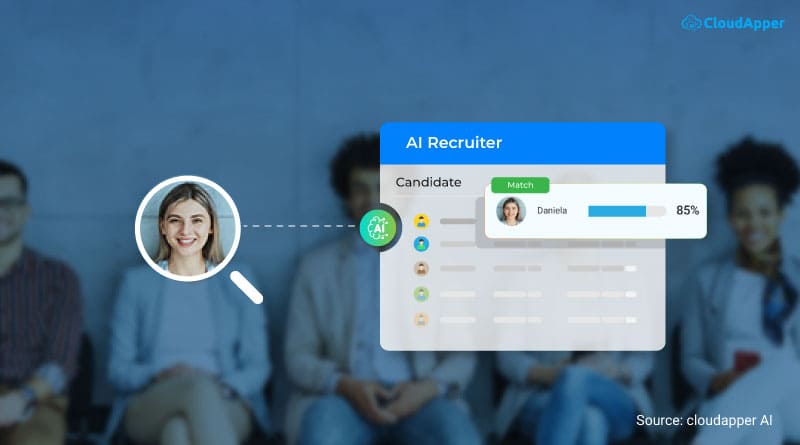
Struggling to Hire the Right Candidate? Try AI with Custom…

Preventing Rushed Hiring with AI: Make Smarter Decisions Faster

